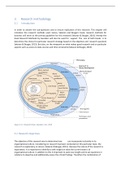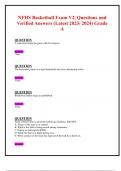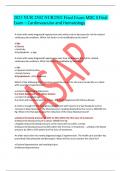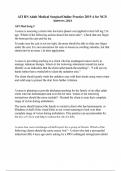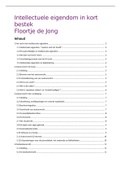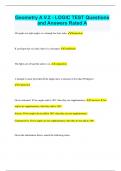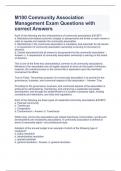Thesis
Thesis Guide: Research Methodology ( an example chapter part of a finalized thesis)
- Module
- Institution
This chapter is part of a thesis focused on organizational inclusivity within the fashion industry. The chapter formulates the research methodolgy in order to collect and analyze data in the future stages. This documents highlight the subtopics needed as well as how to formulate sentences ...
[Show more]
